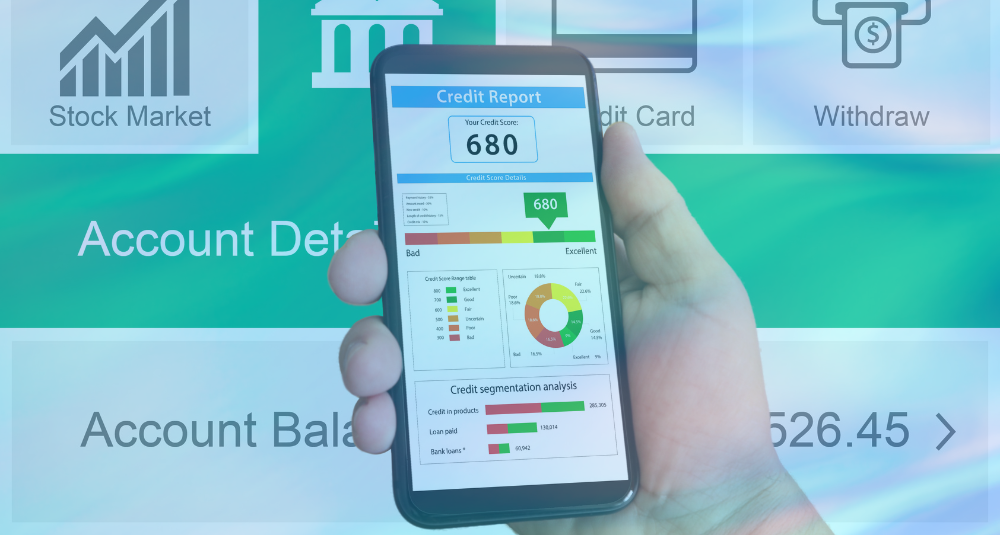20 Terms to Know for Financial Literacy
Posted
on Wednesday, August 16, 2023
in
Articles
.png)
1. Annual Percentage Rate (APR). Annual percentage rate, commonly referred to as APR, represents the cost of borrowing on a yearly basis, expressed as a percentage. It helps you compare interest rates between lenders when shopping for a loan.
2. Asset. Often discussed with liabilities (see definition below), assets are items that can be converted into value or money. They may include your savings, 401(k), real estate, securities, and art to name a few.
3. Beneficiary. If you have assets or insurance, you can name a beneficiary, which is the person or entity (such as a trust or charity) that will receive the proceeds or benefits of your asset.
4. Budget. A budget is one of the most important terms in personal finance. It's essentially a spending plan that outlines how you allocate your income to pay for expenses and meet your financial goals, such as saving money.

5. Compound interest. In the world of saving, compound interest is the interest that's earned and calculated on the original amount of your savings plus the interest paid. As a result, it helps your savings grow faster.
6. Credit. If you have a credit card or loan, you have credit, which is money a lender provides that you are obligated to pay back. In banking, credit also refers to a transaction that comes into your account, such as a deposit or interest you earn on deposits.

7. Credit report. A credit report summarizes your credit activity and history to help lenders determine whether to extend credit to you and what interest rate to offer. Credit reports may also be used by other entities, such as insurance companies, landlords, and utility companies to help them render decisions. Also, some companies may use credit reports to determine whether to hire you, provided you grant them permission to access your report.
8. Credit score. Your credit score is basically a numerical calculation that helps lenders determine how likely you are to pay back money you borrow. The higher your credit score, the greater the likelihood of you being offered credit.
9. Debt. Debt is the amount of money you owe to a lender or person.
10. Debit. In contrast to a credit, which reflects money coming into your account, a debit is a transaction that goes out of your account. Debits include withdrawals, transfers out of your account, and bill payments.
11. Debt consolidation. If you have multiple types of debt, such as credit cards and personal loans, lenders may offer you credit to help you consolidate multiple loans into one loan with one payment. Consolidating debt can help simplify your finances and maybe even lower the amount of interest you have to pay. For example, you could consolidate higher-interest credit card debt into a lower rate loan. Debt consolidation can help you save on interest, but it won't cancel your debt; you still have to pay back the money you owe.

12. Home equity. Home equity is the actual amount of your home that you own. It's the difference between the value of your home (what it's worth) and the amount you owe to a lender (your mortgage amount). For example, if your home is worth $400,000 and you owe $250,000 on your mortgage, the equity you have in your home is $150,000. A home equity loan or line of credit, lets you borrow from that equity.
13. Interest. This is the fee that financial institutions charge to lend you money. With savings, it refers to the money banks pay you when you deposit money.
14. Liability. A liability is a debt or obligation you owe, such as the amount you owe on your mortgage or car loan.
15. Net worth. Your net worth is the difference between your assets and liabilities.
16. Principal. In borrowing, principal is the amount of money a lender grants you that you agree to pay back. In saving or investing, principal is the amount of money you contribute.
17. Repayment. This is the timeframe that you have to pay back money you borrow. For example, if you have a 30-year mortgage, your payments will be structured so that your loan is paid back in 30 years.

18. Revolving line of credit. This is a type of credit that lets you borrow money when you need it and pay interest only on the amount you use. A credit card is an example of a revolving line of credit.
19. Return. If you save or invest money, return is the amount of money you either gain or lose.
20. Stock. Stock is a type of security that allows you to buy a share of ownership in a company.

- budget
- financial education
- financial goals
- financial literacy
- money management